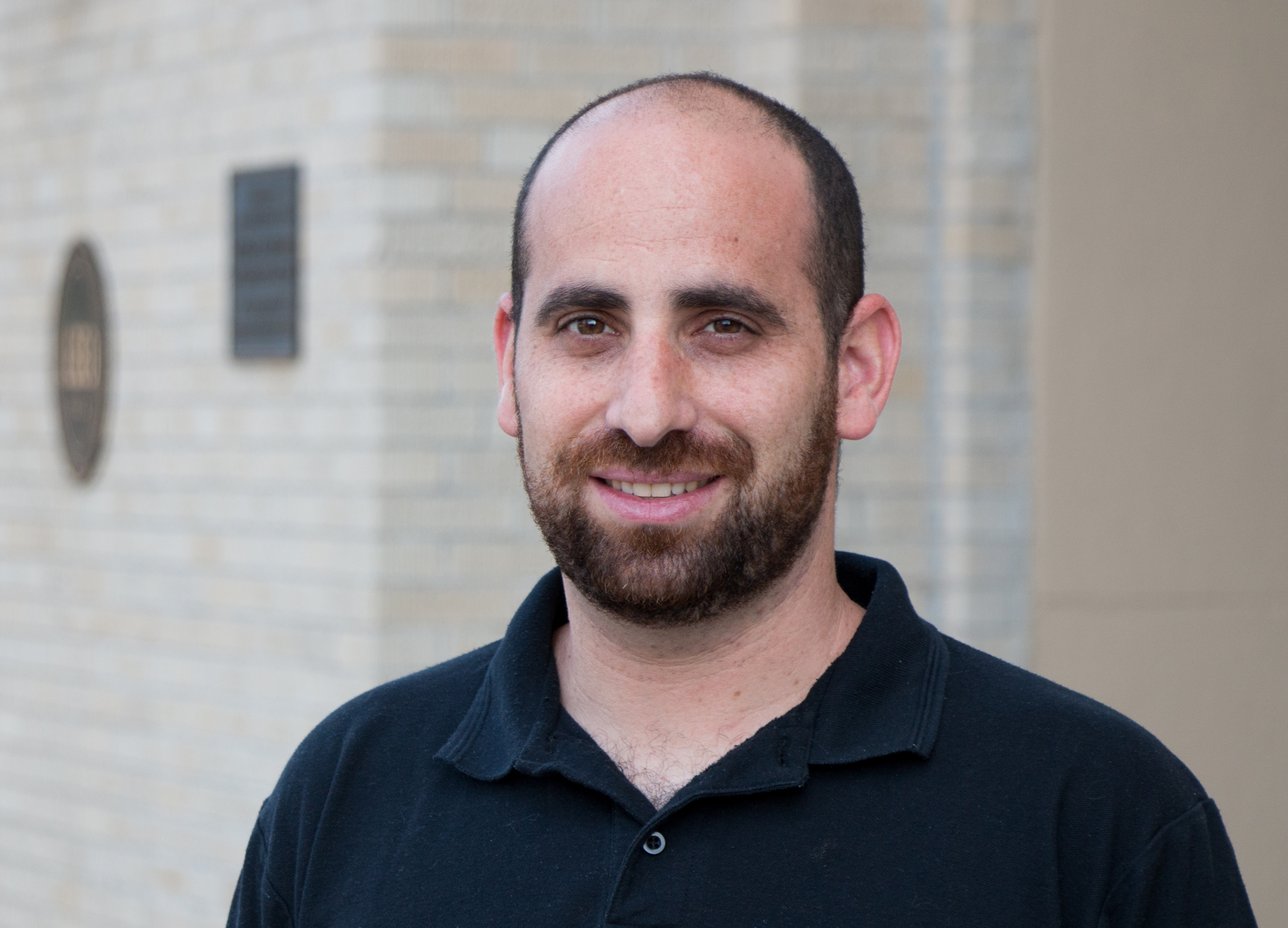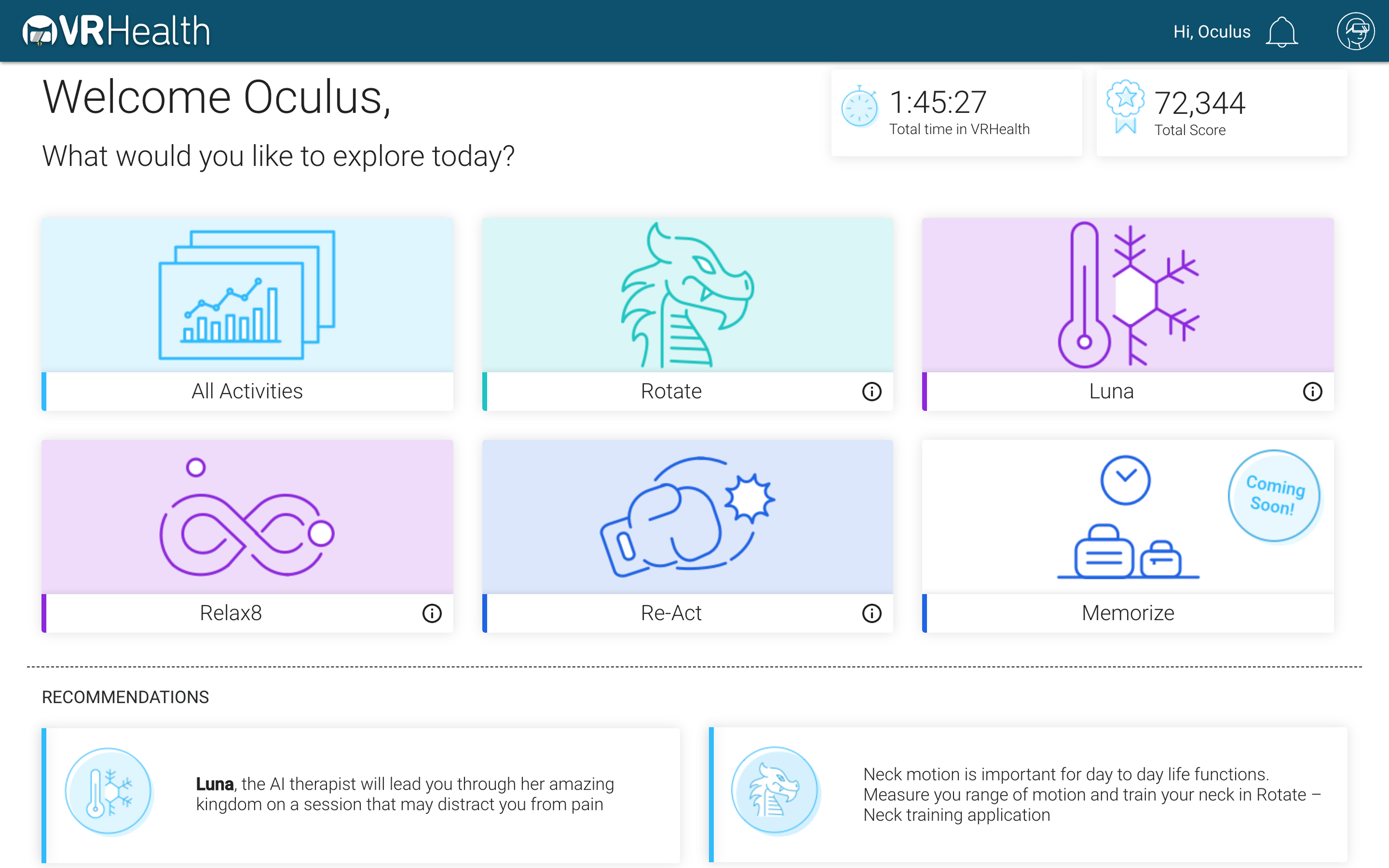XRHealth is the first certified virtual reality (VR) medical company to develop FDA/CE registered medical applications. However, the company’s XR Platform goes beyond just VR apps. By combining its medical applications with advanced data analytics and artificial intelligence (AI) cloud-computing algorithms, the platform collects and analyzes patient interactions in virtual environments and delivers an enhanced experience that allows patients and their clinicians to track and quantify their improvement over time. PM360 spoke with Founder Eran Orr about developing this unique platform, the types of apps they currently have available, and the partnership opportunities with pharma companies that can change the game.

PM360: What made you want to start a company that used extended reality to help patients?
Eran Orr: I’m a former F-16 pilot in the Israeli Air Force and four years ago I was diagnosed with whiplash due to the act of flight. And during my own rehab the idea came about to combine VR and rehab, so that’s how we first got started. Now today, we are developing a whole therapeutic platform using VR.
 What is the process like for getting FDA approval for these apps? How long does It typically take?
What is the process like for getting FDA approval for these apps? How long does It typically take?
Every app and therapeutic or medical claim we make for each specific app must go through the FDA approval process. The length of time depends on how complicated the claim is. It could take up to three years, though sometimes it can be shorter.
You already have 11 patents so far for your medical applications, what therapeutic areas do those cover?
We have applications that are addressing pain management, motor function, and cognitive assessments and decline. Those are the verticals we are focusing on at the moment, but I believe that in the future we will expand to other verticals.
What kind of results have you seen so far from patients who are using these medical applications?
As we speak, we are conducting 20 clinical trials in order to prove therapeutic benefit in each and every one of the verticals that I mentioned previously. And so far, we are seeing amazing results—some of them are better than any drug in the market. For instance, for patients with hot flashes, we use the platform to put them in a virtual cold environment and have seen a 50% reduction of nights sweats and hot flashes.

Physicians also have the ability to control and monitor the platform remotely, so they don’t need to be in the same place as patients. How does that work from the physician’s perspective?
Basically, the clinician can control the headsets remotely and conduct video telehealth sessions in which they can see what each individual patient is seeing. They are also able to change the patient’s environment and sessions, and view the results from patients in real-time after the completion of each session.
What kind of results, insights, or data are you examining to determine how patients are doing?
The most important thing that makes VR so unique in the data analysis spectrum is that it is a closed-loop system. Every time someone puts on the VR headset, he or she becomes an element in the computer-generated environment. And because we can manipulate the environment and see how the patients interact with each individual environment, the insights that we can generate are far more valuable than any other sensor device. So every time that patient is interacting in our VR environment we can generate a report that the patient, clinician, or whoever is interested can see and analyze that patient’s performance.
What is the business model in terms of actually getting access to use these apps to help patients?
Basically, we are a software company and the business model is relatively simple. It’s like data usage for your cell phone, so our customers can buy a package of usage. For instance, we have plans for 100 sessions, 500 sessions, and unlimited sessions. And every time you use the platform it counts as one session. Additionally, we also sell hardware just to make life easier for our customers and to be a one-stop shop, but they can also use their own VR headsets if they have them.
Do you work with other partners in healthcare to determine what new apps to develop or therapeutic areas to focus on?
Recently, we announced that we have opened our platform to third-party developers, so the idea is that more content developers would be able to come and join our platform while we are bringing the data analysis, remote monitoring capabilities, and the FDA compliance and medical device know-how. And our platform is like Netflix: We’re completely customizable and the customer can pick and choose whatever apps they want to have on the platform. And now they can also choose to develop their own apps. So we don’t decide to just develop something specific for one customer. Instead we get a lot of requests from different types of customers, and that determines what the next app will be that we develop.

What about partnerships with pharma companies?
We have three different types of partnerships with pharma companies. One is using our platform and data analysis during clinical trials, and I personally believe this will be a game changer. The second thing is that pharma companies are looking to have our product as an add-on to a drug, especially if they have one or more side effects that one or more of our apps can address. For instance, we are starting to roll out a partnership with one pharma company with a drug that has hot flashes as one of its side effects. And the third thing is that we’re working on a drug-device combination opportunity, which we believe will be the future of pharma.
What is your long-term vision for the company?
We believe that VR and AR will play a major role in the healthcare market and you will see VR healthcare in every hospital, rehab center, and clinical trial. We are trying to build the ecosystem that will enable that level of adoption of VR/AR technology in healthcare.







